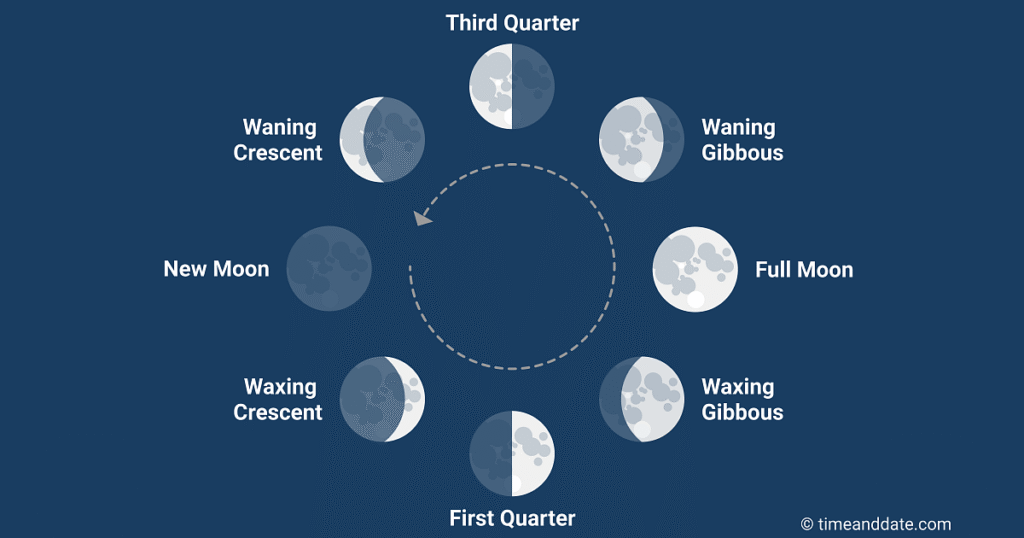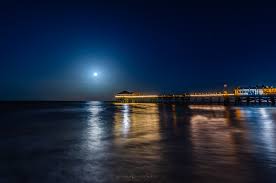As the summer heat intensifies, look to the night sky for a celestial spectacle – the Buck Moon. This July full moon, a beautiful and powerful lunar event, graces the heavens and provides a perfect opportunity for stargazers and nature enthusiasts alike to witness something truly special. This article is your comprehensive guide to understanding the Buck Moon, including its meaning, when to see it, and how to best view it across the Gulf Coast region. We’ll delve into its origins, explore ideal viewing locations, and equip you with tips and tricks for an unforgettable experience. Ready to explore the July full moon?
What Exactly is the Buck Moon? Understanding Its Origins and Meaning

The name “Buck Moon” is derived from the time of year when new antlers emerge on male deer (bucks). These antlers, growing in prominence, signify the peak of summer and the cyclical renewal of nature. Native American cultures often used the full moon as a marker for seasonal changes, with the July full moon being a vital indicator. This full moon phase also reflects the scientific phenomenon of the full moon, where the moon is fully illuminated by the sun, making it appear at its brightest.
When to See the Buck Moon: Date, Time, and Peak Visibility
For the current year, the Buck Moon will reach its peak illumination on [Insert Date Here]. The precise time of peak fullness will be around [Insert Time and Time Zone Here]. This means the moon will appear full for a few days surrounding this peak. The best time to view the Buck Moon is shortly after moonrise, as it climbs above the horizon, or before moonset. Consult a reliable astronomy website such as timeanddate.com for accurate moonrise and moonset times for your specific Gulf Coast location.
Where to Watch the Buck Moon Across the Gulf Coast: Best Viewing Spots
To enjoy the Buck Moon to its fullest potential, you’ll want to find a location with minimal light pollution and clear skies. Away from city lights and with an unobstructed view of the eastern horizon, are ideal. The Gulf Coast region offers many great spots for stargazing.
In Texas, consider state parks, beaches like Galveston and South Padre Island, or designated dark sky locations. Louisiana boasts parks and national forests with less light pollution. Mississippi offers beaches and parks suitable for viewing. Alabama features coastal areas and state parks. Florida, with its vast Gulf Coast, provides numerous viewing opportunities, including the Panhandle and Clearwater Beach.
Viewing Tips & Tricks: How to Enjoy the Buck Moon Experience

To enhance your Buck Moon experience, gather some essential gear. Binoculars are recommended for a closer view, while a telescope (optional) offers a more detailed look. A comfortable chair or blanket ensures a relaxing viewing experience, and a red-light flashlight will help preserve your night vision. Remember, it takes time for your eyes to adjust to the darkness, so be patient, and always check for clear skies.
For potential moon photography, beginners can use a tripod to stabilize their camera and focus manually. Many phone apps can also help capture the moon’s beauty. Consider utilizing them if you plan on capturing a photograph of the Buck Moon.
Beyond the Buck Moon: Other Celestial Events to Watch For
Keep an eye out for other celestial events occurring around the Buck Moon. Some notable events that may occur are meteor showers and planetary alignments, which can add to the night’s spectacle. Resources like timeanddate.com and various astronomy websites provide detailed calendars of upcoming celestial events to plan your stargazing adventures.
Conclusion
The Buck Moon offers a unique opportunity to connect with nature and marvel at the cosmos. By understanding its origins, knowing when and where to look, and utilizing a few simple viewing tips, you can create an unforgettable experience. So, pack your gear, head to a dark spot on the Gulf Coast, and prepare to be amazed by the beauty of the July full moon. What do you think? Share your thoughts below!









